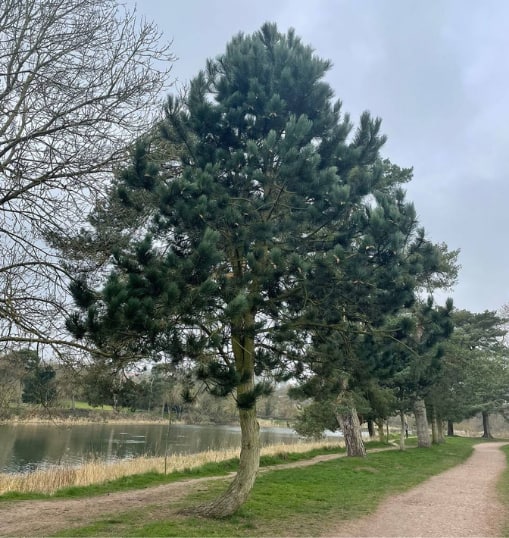
Introduction: Invasive species pose a significant threat to natural ecosystems, disrupting native plant and animal communities, altering habitat structure, and outcompeting native species for resources. Effective managing invasive species is essential for preserving biodiversity and restoring ecosystem health. When employed strategically, tree trimming can be a powerful tool in the fight against invasive species. At Uckfield Tree Surgeons, we understand the importance of tree trimming in invasive species management and its role in protecting native ecosystems.
Understanding the Threat of Invasive Species
Invasive species are non-native organisms that increase rapidly in new environments, often detrimental to native biodiversity and ecosystem function. These species can outcompete native plants, disrupt food webs, alter soil chemistry, and increase the risk of disease transmission. Invasive plants, in particular, can form dense monocultures that displace native vegetation and reduce habitat diversity, making them a significant conservation concern worldwide.
The Role of Tree Trimming in Invasive Species Management
Tree trimming can be an effective strategy for managing invasive species by:
Preventing Seed Dispersal: Many invasive plants spread via seeds dispersed by wind, water, or animals. Trimming trees to remove seed-bearing branches and seed heads can help prevent the spread of invasive species and reduce their reproductive success.
Containing Growth: Invasive plants often exhibit rapid growth and aggressive spread, outcompeting native vegetation and colonising new areas. Tree trimming can help contain the growth of invasive species by removing overhanging branches and cutting back encroaching vegetation before it has a chance to spread further.
Reducing Habitat Suitability: Invasive species thrive under specific environmental conditions, such as high light levels or disturbed soils. Trimming trees to create shaded or dense canopy cover can make habitats less suitable for invasive plants, reducing their establishment and growth.
Promoting Native Regeneration: Removing invasive species from tree canopies and understory vegetation creates space for native plants to regenerate and thrive. Trimming trees selectively can help promote the growth of native species and restore ecological balance to invaded areas.
Tree Trimming Techniques for Invasive Species Management
Several tree-trimming techniques can be employed to control invasive species:
Targeted Pruning: Pruning branches and foliage infested or overgrown with invasive plants helps prevent their spread and reduces competition with native vegetation.
Selective Removal: Removing entire invasive plants or cutting them back to ground level can prevent them from flowering and seeding, reducing their reproductive output and spread.
Thinning Out: Thinning out dense tree stands and removing invasive plants from tree canopies improves air circulation and light penetration, creating less favourable conditions for invasive species.
Regular Maintenance: Regular monitoring and maintenance of trees and understory vegetation helps detect and address invasive species infestations before they become established and spread further.
Conclusion: Effective invasive species management requires collaboration between government agencies, conservation organisations, landowners, and tree care professionals. Invasive species pose a significant threat to native ecosystems, but with strategic management strategies such as tree trimming, we can mitigate their impacts and protect biodiversity.
Call us on: 01825 705493
Click here to find out more about Uckfield Tree Surgeons
Click here to complete our contact form and see how we can help with your tree’s needs.